Vertical Flow From A Tank
Categories: Engineering Lab EquipmentPressure losses in the flow from tanks are essentially the result of two processes: the jet deflection upon entry into the opening and the wall friction in the opening. As a result of the pressure los...
Product
Description
Pressure losses in the flow from tanks are essentially the result of two processes: the jet deflection upon entry into the opening and the wall friction in the opening. As a result of the pressure losses the real discharge is smaller than the theoretical flow rate.
It determines these losses at different flow rates. Different diameters as well as inlet and outlet contours of the openings can be studied. Additionally, the contraction coefficient can be determined as a characteristic for different contours.
The experimental unit includes a transparent tank, a measuring device as well as a Pitot tube and twin tube manometers. An interchangeable insert is installed in the tank’s water outlet to facilitate the investigation of various openings. Five inserts with different diameters, inlet contours and outlet contours are provided along with the unit.
The issued water jet is measured using a measuring device. A Pitot tube detects the total pressure of the flow. The pressure difference (read on the manometer) is used to determine the velocity.
Learning Objectives/Experiments
Study of the outlet jet (diameter, velocity)
Determination of pressure losses and contraction coefficient for different outlet contours
Determination of flow rate at different discharge heads
Features
Determination of the diameter and velocity of the outlet jet
Study of openings with different inlet and outlet contours
Determining the contraction coefficient
Specification
Study of pressure losses in vertical flows from tanks
Determining the contraction coefficient for different contours and diameters
Tank with adjustable overflow
5 interchangeable inserts with different contours
Measuring device for determining the jet diameter
Pitot tube for determining the total pressure
Pressure display on twin tube manometers
Flow rate determined by base module
Water supply using base module or via laboratory supply
Technical data
Tank
capacity: approx. 13L
overflow height: max. 400mm
max. flow rate: 14L/min
Inserts
Inner diameters: d1=inlet, d2=outlet
1x cylindrical hole, d=12mm
1x outlet from the insert: cone d1=24mm, d2=12mm
1x inlet to the insert: orifice plate d1=24mm, d2=12mm
1x inlet to the insert: cone d1=30mm, d2=12mm
1x inlet to the insert: rounded, d=12mm
Measuring ranges
pressure: 500mmWC
jet radius: 0…10mm
Dimensions and weight
LxWxH: 400x400x830mm
Weight: approx. 18kg
quick overview :
Pressure losses in the flow from tanks are essentially the result of two processes: the jet deflection upon entry into the opening and the wall friction in the opening. As a result of the pressure losses the real discharge is smaller than the theoretical flow rate.
It determines these losses at different flow rates. Different diameters as well as inlet and outlet contours of the openings can be studied. Additionally, the contraction coefficient can be determined as a characteristic for different contours.
The experimental unit includes a transparent tank, a measuring device as well as a Pitot tube and twin tube manometers. An interchangeable insert is installed in the tank’s water outlet to facilitate the investigation of various openings. Five inserts with different diameters, inlet contours and outlet contours are provided along with the unit.
The issued water jet is measured using a measuring device. A Pitot tube detects the total pressure of the flow. The pressure difference (read on the manometer) is used to determine the velocity.
Learning Objectives/Experiments
Study of the outlet jet (diameter, velocity)
Determination of pressure losses and contraction coefficient for different outlet contours
Determination of flow rate at different discharge heads
Features
Determination of the diameter and velocity of the outlet jet
Study of openings with different inlet and outlet contours
Determining the contraction coefficient
Specification
Study of pressure losses in vertical flows from tanks
Determining the contraction coefficient for different contours and diameters
Tank with adjustable overflow
5 interchangeable inserts with different contours
Measuring device for determining the jet diameter
Pitot tube for determining the total pressure
Pressure display on twin tube manometers
Flow rate determined by base module
Water supply using base module or via laboratory supply
Technical data
Tank
capacity: approx. 13L
overflow height: max. 400mm
max. flow rate: 14L/min
Inserts
Inner diameters: d1=inlet, d2=outlet
1x cylindrical hole, d=12mm
1x outlet from the insert: cone d1=24mm, d2=12mm
1x inlet to the insert: orifice plate d1=24mm, d2=12mm
1x inlet to the insert: cone d1=30mm, d2=12mm
1x inlet to the insert: rounded, d=12mm
Measuring ranges
pressure: 500mmWC
jet radius: 0…10mm
Dimensions and weight
LxWxH: 400x400x830mm
Weight: approx. 18kg
Product
Reviews
add Review
reviews
No Review Yet.
Copyrights © 2025 All Rights Reserved by Atico






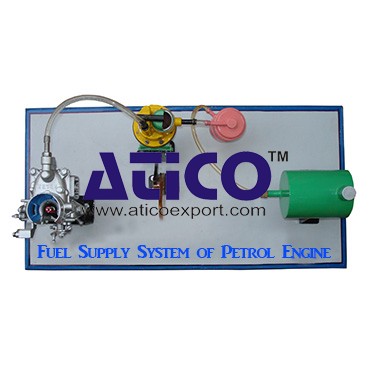

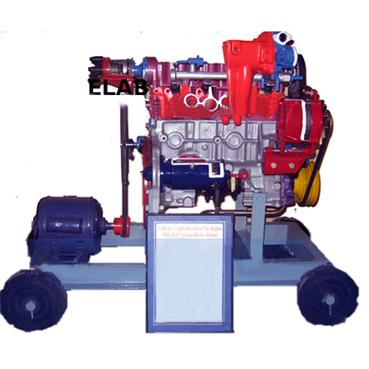
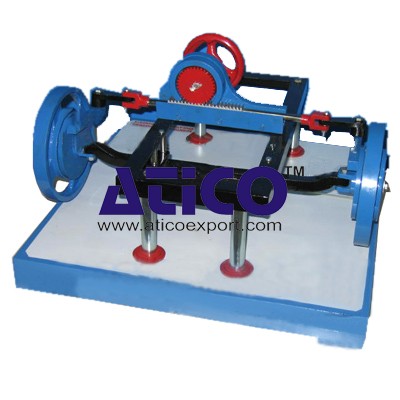


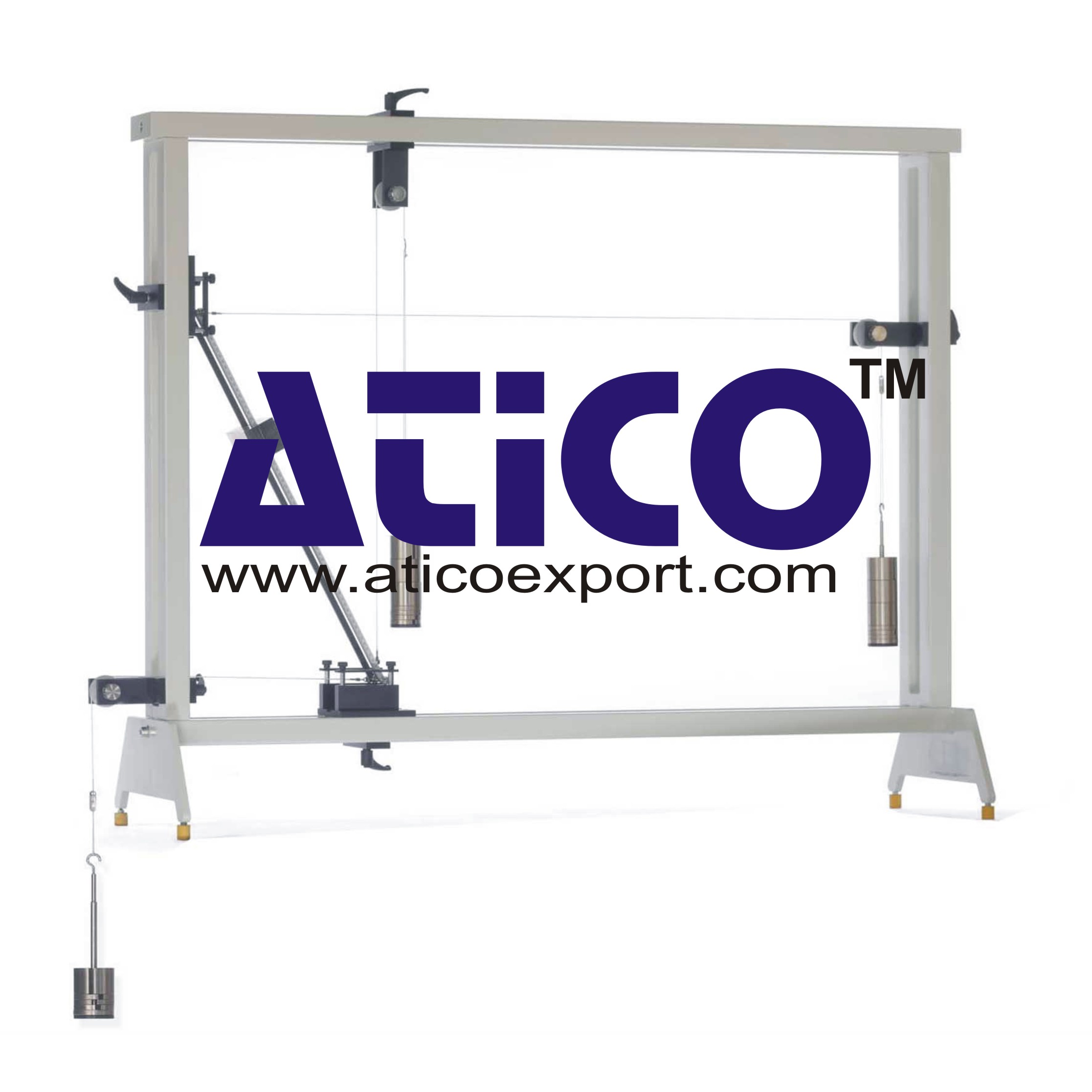
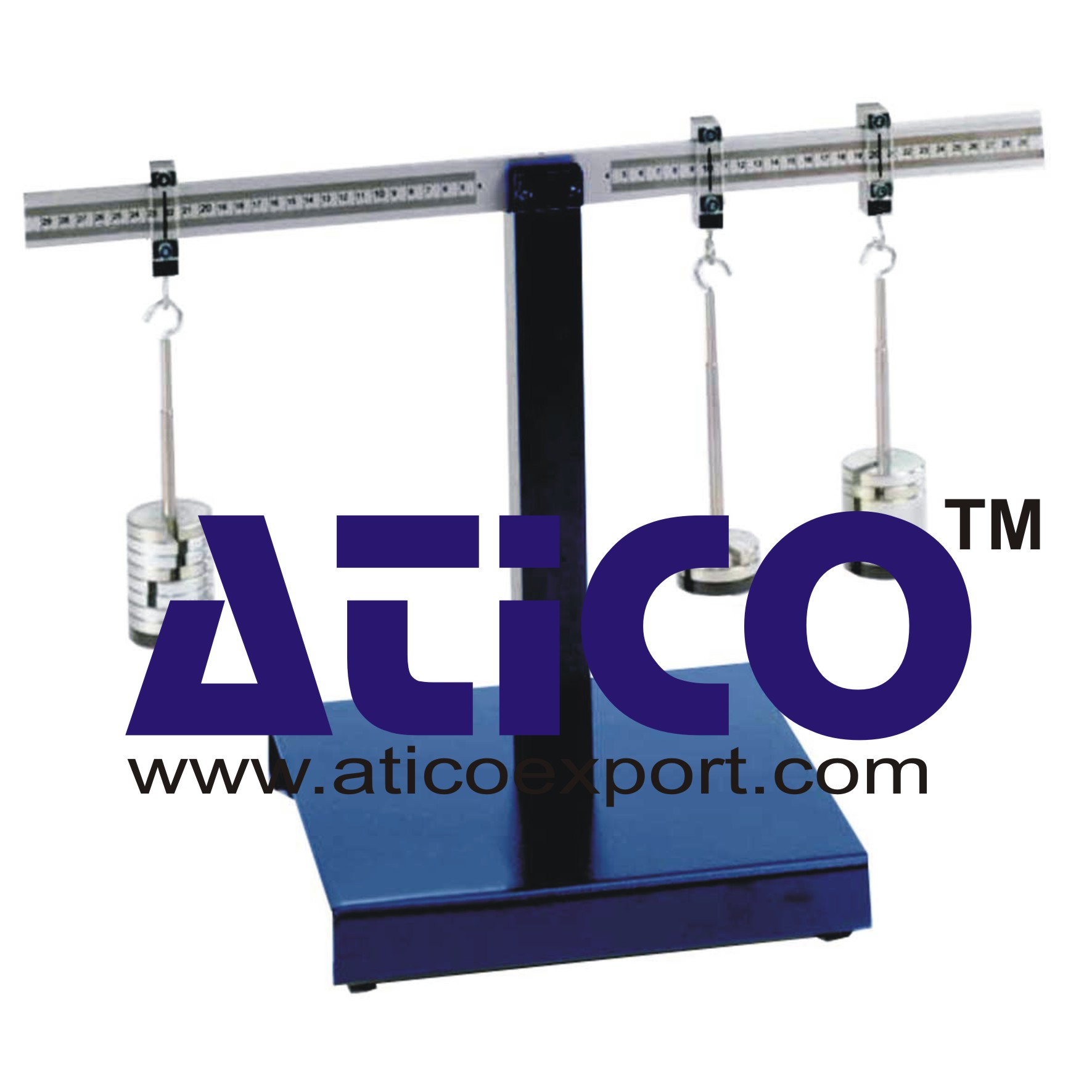
Product
Reviews
add Review
reviews
No Review Yet.